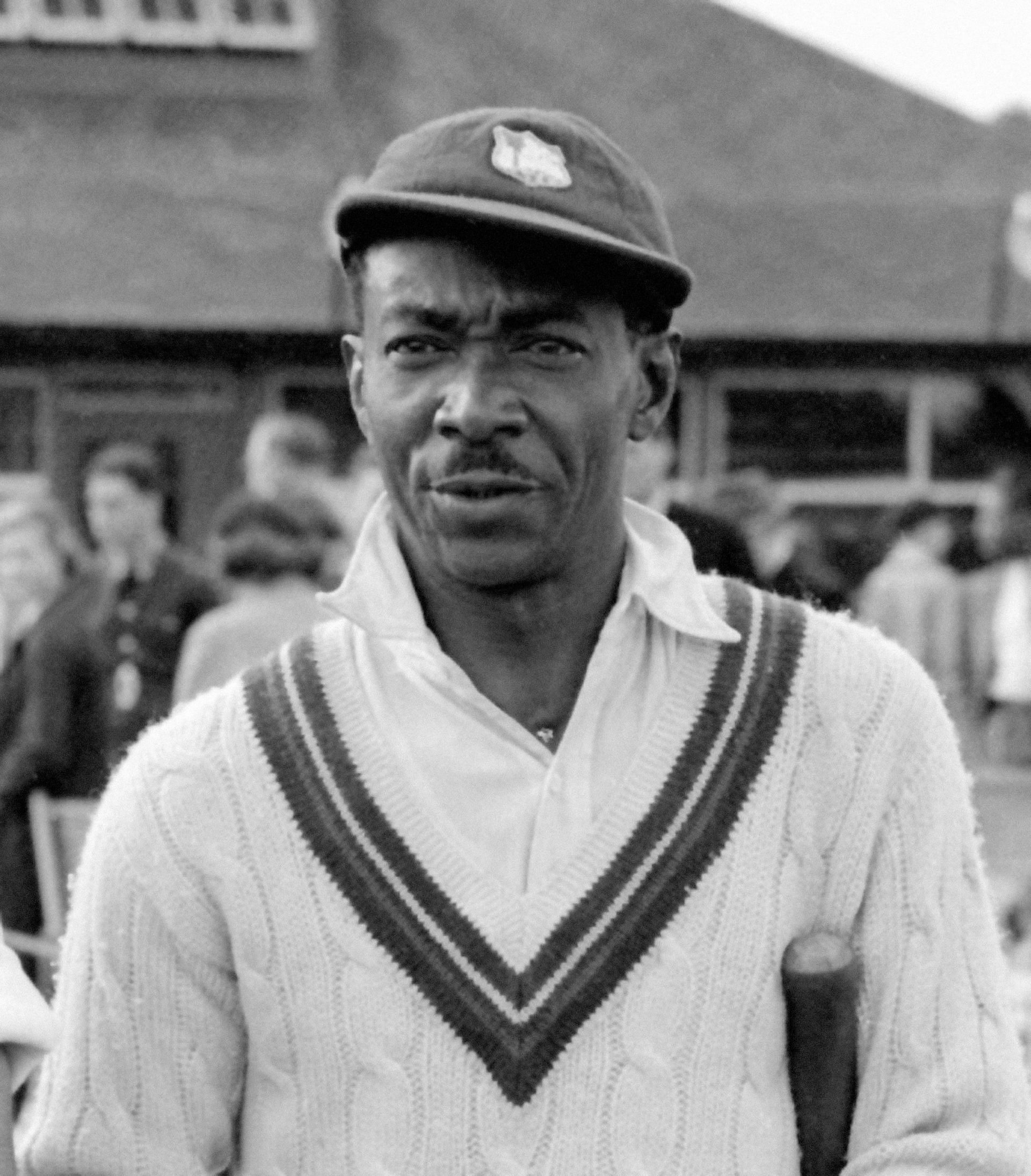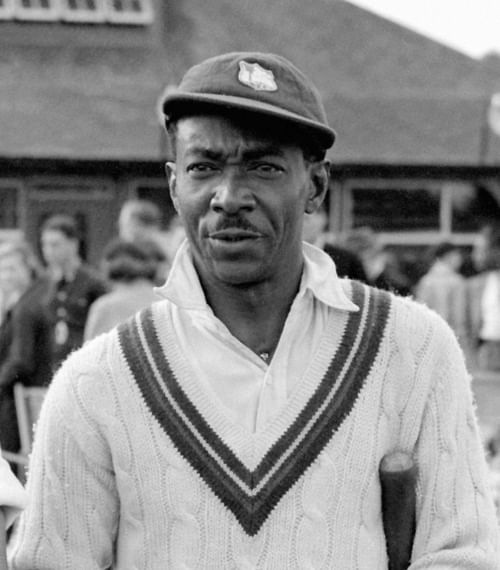
George Headley, the "Black Bradman": One of the greatest on-side players ever

While Sir Donald Bradman was making waves in Australia, George Headley burst onto the scene on the other side of the world in Jamaica. He became known as the "Black Bradman". His is quite a remarkable saga. Bradman apart, only three men have averaged 60 or more in a complete Test career of reasonable duration - South African southpaw Graeme Pollock 60.97, Headley 60.83 and Englishman Herbert Sutcliffe 60.73.
Australian duo Michael Hussey and Steve Smith appeared to be positioning themselves between Bradman and these luminaries, but that was not to be the case. Headley’s achievements are all the more creditable because West Indies then were only taking their first tentative steps in the Test arena.
About nine months younger than Bradman, Headley made a more dramatic entry in Test cricket, hitting 176 in the second innings of his debut game against England at Bridgetown in 1929-30. He relished facing the English bowling, cracking a hundred in each innings, 114 and 112, in his third Test at Georgetown in the team’s maiden triumph, and a double century, 223, in his fourth Test, on home turf at Kingston.
In Jamaica they called Bradman the "White Headley"
England were humbled, drawing the four-Test series at 1-1. It was a tremendous initiation at the highest level for Headley, who amassed 703 runs at an average of 87.87. No wonder the happy people of the sunny Caribbean called Bradman the "White Headley".
In a testing 1930-31 tour of Australia, Headley notched up hundreds in the Brisbane and Sydney Tests, encountering Bradman for the only time in his career. The legendary Aussie batter himself scored 223 in Brisbane.
Headley continued to flay England’s bowlers. A big hundred - 169 not out - at Old Trafford in the 1933 series was followed by his top score of 270 not out, inevitably at Kingston, in 1934. For the second time in Tests, Headley hit a century in each innings, 106 and 107, this time in the hallowed arena of Lord’s in 1939.
Len Hutton was an unabashed admirer of Headley, as he wrote in his Fifty Years in Cricket:
“Headley rightly had a devoted following. No one admired him more than I did, as I fielded at Lord’s in 1939 when he scored faultless centuries in both innings on a losing side.”
Hutton added:
“For years he WAS the West Indies batting,” continued Hutton, “and he has to be mentioned in the same breath as Bradman (the ‘white Headley’ according to Jamaicans), Hammond and Hobbs. Clarrie Grimmett described him as ‘the greatest on-side player ever’. (He was) one of cricket’s master batsmen who had never failed in a series between 1929 and 1939 and, as a scorer, was second only to Bradman.”
Just before the Second World War broke out, Headley had scored 2,135 runs at an average of 66.71 in 19 Tests. Thereafter, he played one Test in each of three different series, up to 1953, managing only another 55 runs.
West Indies depended heavily on Headley as he scored a quarter of their runs, two percent more than Bradman did for Australia. Strong on the back foot, he relished hitting past mid-on and handled the bad wickets deftly.
He brought a fresh fragrance of Caribbean flair to the international game, a pioneer in the long line of inherently gifted batter from those distant pristine islands.
(Excerpt from Indra Vikram Singh's book 'Don's Century').
Also Read: ‘The Boy from Bowral’ - Don Bradman’s journey through junior cricket to the first-class level